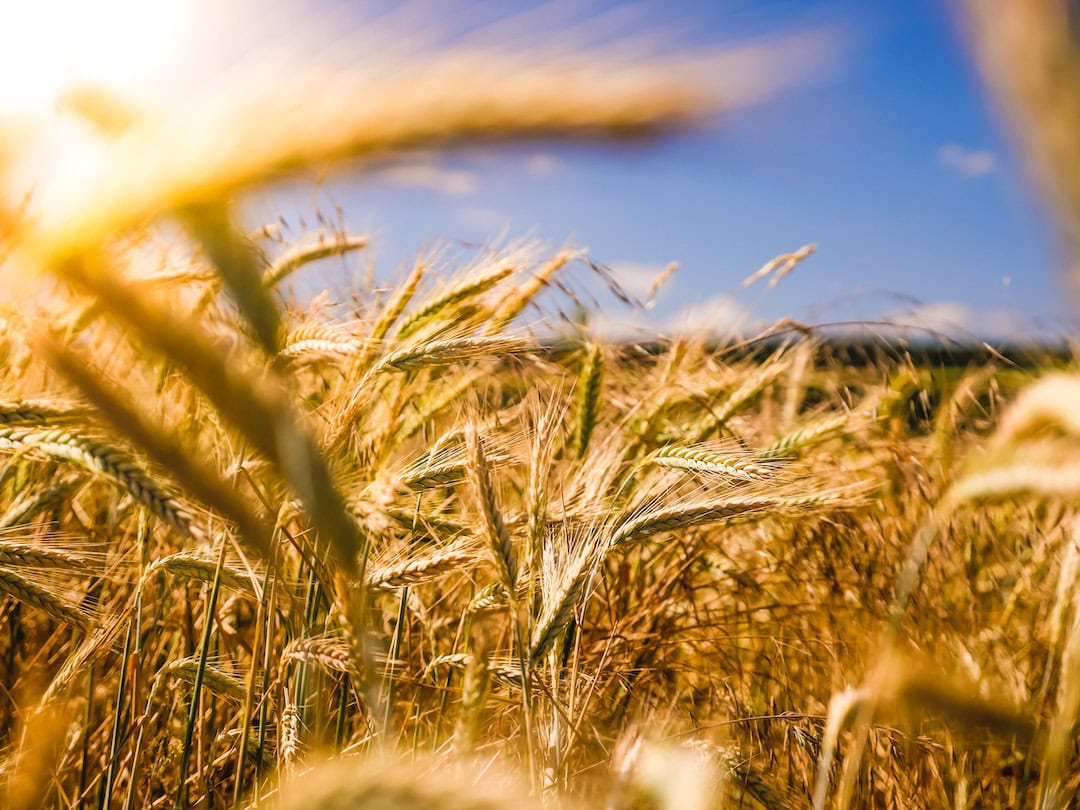Underground powerlines look better and are safer in times of natural disasters, however the need…
A new wheat variation to save the day

A $12 million project run by CSIRO is attempting to increase the reliability of crop sowing.
The research, funded by Grains Research and Development Corporation (GRDC), will introduce wheat with specific genetic capabilities into the Australian market, allowing farmers to grow crops in a more diverse set of weather patterns.
The CSIRO are working with several state agricultural groups to encourage an industry-wide uptake of this enhanced crop, ensuring continued production and yield in increasingly volatile weather.

The wheat industry
According to the Department of Agriculture, Fisheries and Forestry, the value of Australian wheat production reached its highest levels in 2022-23 at $15 billion. This equates to around 25 million tonnes of wheat produced every year, providing much of Australia�s grain needs and a major export income.
But with a variety of weather patterns across the country, crop growth and quality can be hard to maintain, especially in an environment impacted by climate change. This can lead to weaker crop harvests, impacting food security and income for many Aussie communities.
As such, scientists have focused their attention on breeding crop varieties that can adapt to complex weather conditions, improving the stability of yield for farmers and ensuring this industry can continue to thrive.
From little things, big things grow
The new CSIRO-led project will promote wheat varieties with long coleoptiles in their genetic makeup.
Coleoptile is the protective layer found on wheat plants which supports the shoot and its first leaves. Having a long coleoptile means there is a greater likelihood the crop is sown deep into stored soil moisture, which can be brought to the surface for survival.

The risks associated with crop sowing are also reduced for wheat with long coleoptile genetics. This means farmers have more control when deciding what depth to plant their seeds, and predicting the timing for germination.
Greg Rebetzke, lead researcher and CSIRO plant geneticist, says this project is just one in a series of studies targeting enhanced wheat growth. Scientists have been working hard to find solutions for Australia�s harsh weather, ensuring crops can be grown year-round.
�We are very much focusing on how we can build a system and a package so that with the release of new long coleoptile wheat varieties, adoption and take up will be very rapid.�
Sowing the seeds
The project will be undertaken across four years, with grain-growing states testing several genetic, environmental, and management factors to determine how wheat crops with longer coleoptiles can adapt to different climates.
On top of this, the team will be creating a common industry standard for measuring and defining wheat coleoptile length.

But it�s not just about developing a solution. Researchers also want to ensure that these crop varieties will spread quickly and efficiently through the Australian market in order to promote greater wheat crop production.
According to Dr. Rebetzke, �For me, success in this project is that long coleoptiles won�t be talked about, they�ll just be part of the package of new wheat varieties that come to growers.�
If the research proves effective, similar genetic studies may be applied to other crops such as canola and barley. Climate change will only continue to impact our environment, meaning further study could ensure our crops are protected from volatile weather.
To read about the top wheat crops of 2023, click here.








